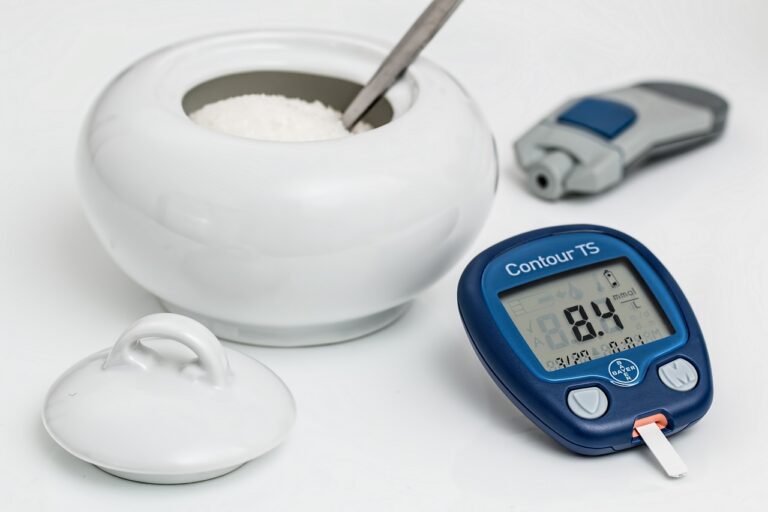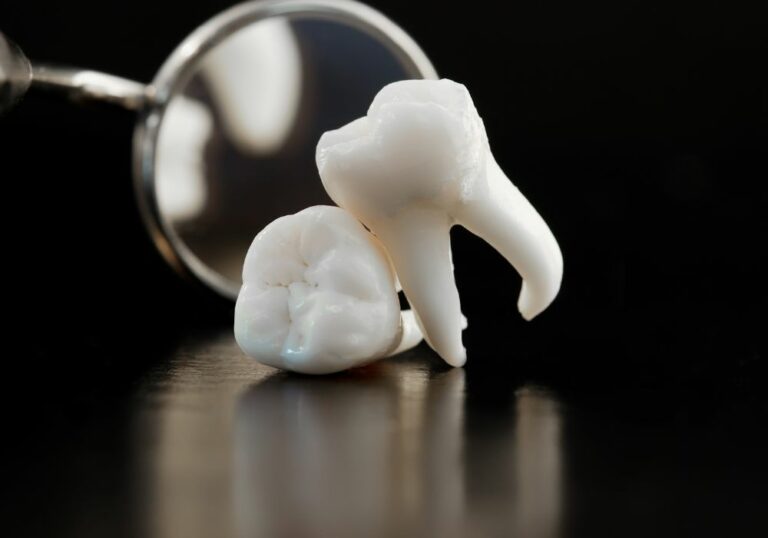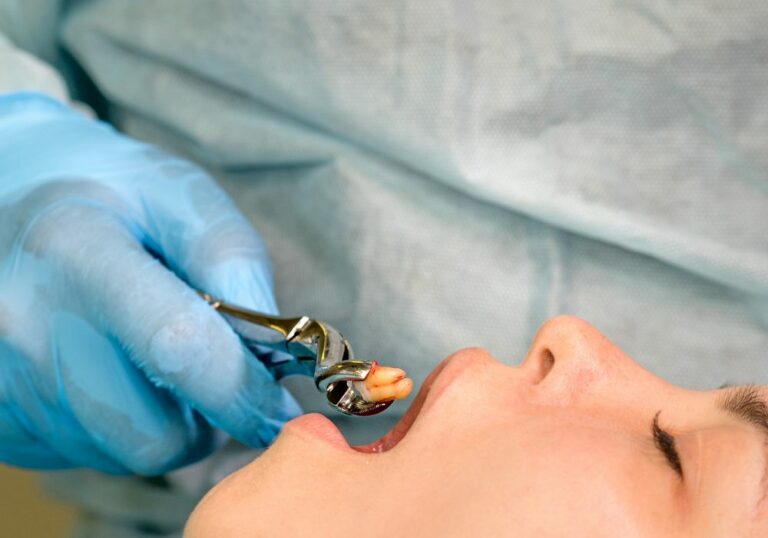Have you ever wondered how deep your teeth go into your gums and jaw? Teeth are an essential part of our daily lives, and understanding their anatomy is crucial for maintaining good oral hygiene. The depth of your teeth can vary depending on their type, location, and age. In this article, we will explore the depth of teeth and what factors can affect it.
Most teeth are anchored in the jawbone by their roots, which can extend deep into the bone. The length of the roots can vary depending on the tooth’s position and function. For example, molars, which are used for grinding and chewing, tend to have longer roots than incisors, which are used for biting and cutting. Additionally, the roots of teeth can grow longer as we age, making them more firmly anchored in the jawbone.
Knowing the depth of your teeth is essential for maintaining good oral health. If you have deep pockets between your teeth and gums, it can be a sign of gum disease. Gum disease is a common condition that can cause inflammation, bleeding, and even tooth loss if left untreated. Therefore, it’s crucial to maintain good oral hygiene habits, such as brushing and flossing regularly, to prevent gum disease and other dental problems.
Understanding Tooth Anatomy
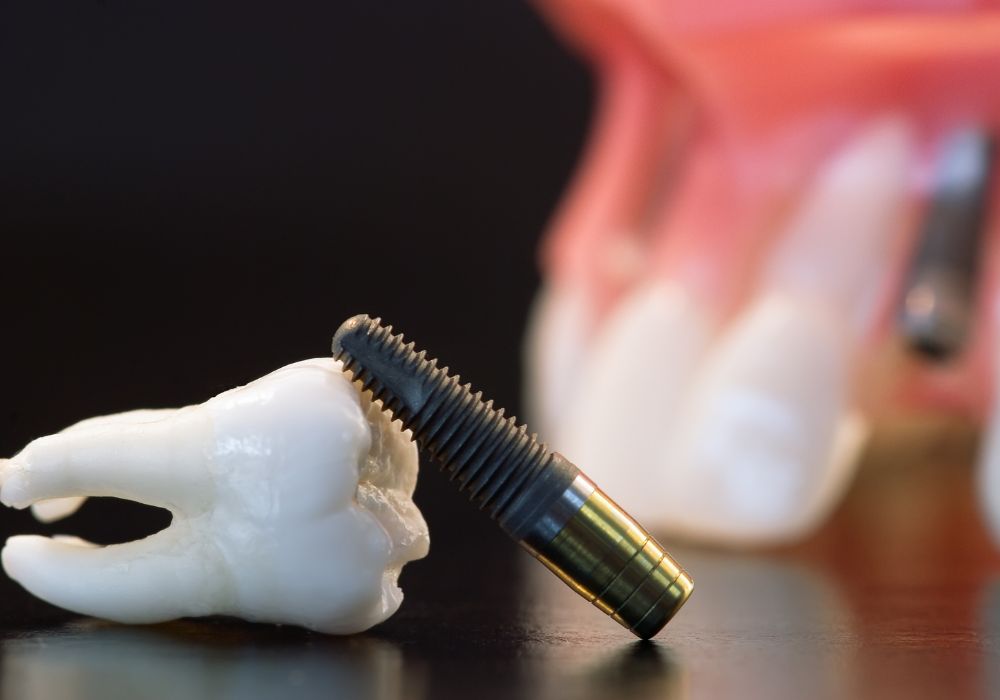
To understand how deep a tooth goes, it’s important to first understand the anatomy of a tooth. Teeth are complex structures that are composed of multiple layers and structures. The two main parts of a tooth are the crown and the root.
The Crown
The crown is the visible part of the tooth that is above the gumline. It is covered by a hard, white substance called enamel, which is the hardest substance in the human body. The enamel helps protect the tooth from damage and decay. Beneath the enamel is the dentin, which is a softer substance that makes up the bulk of the tooth. The dentin contains tiny tubules that lead to the nerve of the tooth, which is located in the pulp chamber.
The crown is made up of different types of teeth, each with a specific function. The incisors are the front teeth that are used for biting and cutting food. The canines are the sharp teeth that are used for tearing and gripping food. The premolars and molars are the back teeth that are used for grinding and crushing food.
The Root
The root is the part of the tooth that is below the gumline and anchors the tooth in the jawbone. The root is covered by a thin layer of cementum, which helps attach the tooth to the bone. Beneath the cementum is the root canal, which contains the pulp of the tooth. The pulp contains nerves and blood vessels that provide nutrients to the tooth.
The length of the root can vary depending on the tooth and the individual. Generally, the root is about two-thirds the length of the tooth, but it can be longer or shorter. The root is important for the stability and health of the tooth, as it provides support and nourishment.
Understanding the anatomy of a tooth is important for maintaining good dental health. By taking care of your teeth and gums, you can help prevent decay and disease and keep your teeth healthy and strong.
Tooth Development
Tooth development is a complex process that begins before birth and continues throughout childhood until all permanent teeth have erupted. Understanding the stages of tooth development can help you better care for your teeth and maintain good oral health.
Baby Teeth
Baby teeth, also known as primary teeth, begin to develop during the second trimester of pregnancy. The first tooth usually erupts around six months of age, and by the age of three, most children have a full set of 20 baby teeth.
The development of baby teeth can be divided into several stages, including the bud stage, cap stage, bell stage, and crown stage. During each stage, different structures of the tooth form, including the enamel, dentin, and pulp.
Permanent Teeth
Permanent teeth begin to develop around the age of six and continue until the late teenage years. The first permanent teeth to erupt are the molars, followed by the incisors, canines, and premolars.
Like baby teeth, permanent teeth go through several stages of development, including the bud stage, cap stage, bell stage, and crown stage. However, the development of permanent teeth is more complex than that of baby teeth, as they are larger and have more complex shapes.
During the development of permanent teeth, the roots of the teeth also begin to form. The roots provide support for the teeth and anchor them in the jawbone. The process of root development continues long after the teeth have erupted, as the roots continue to grow and mature.
In summary, tooth development is a complex process that begins before birth and continues throughout childhood. Understanding the stages of tooth development can help you better care for your teeth and maintain good oral health.
Tooth Length Variation
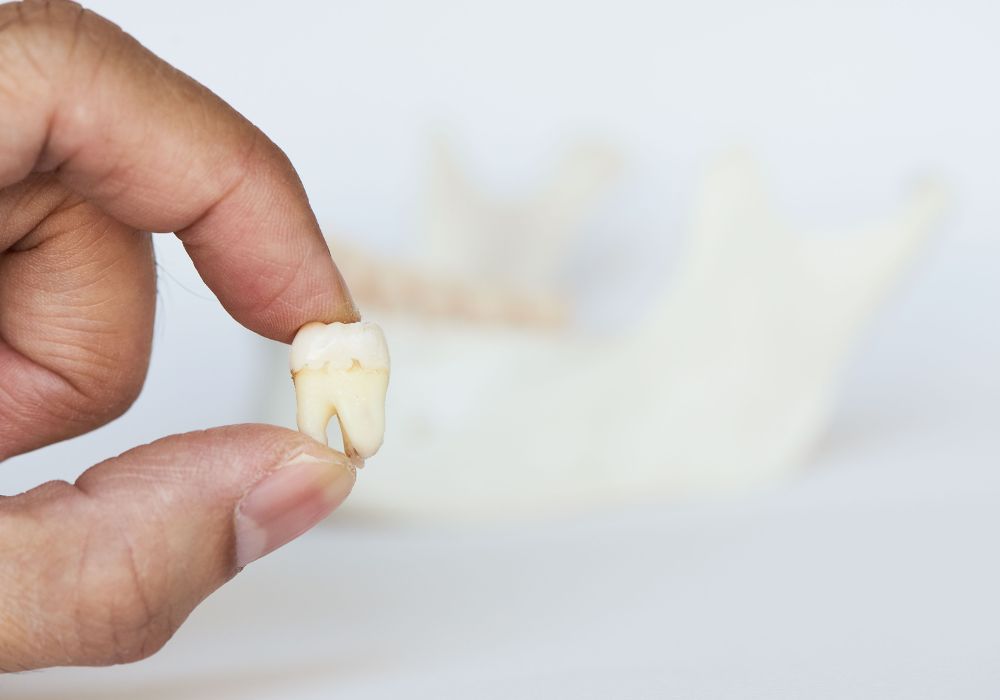
The length of your teeth can vary depending on several factors. In this section, we will discuss the genetic and environmental factors that can affect tooth length.
Genetic Factors
Your genes play a significant role in determining the length of your teeth. Studies have shown that tooth length is highly heritable, meaning that it can be passed down from your parents. Some genetic conditions can also affect tooth development, leading to shorter or longer teeth.
Environmental Factors
Environmental factors can also impact tooth length. Poor nutrition during tooth development can result in shorter teeth. Similarly, trauma to the teeth during childhood can affect their growth and development, leading to shorter or misshapen teeth.
Other environmental factors that can affect tooth length include:
- Hormonal imbalances
- Medications that affect tooth development
- Chronic illness
- Poor oral hygiene
It is important to note that while genetics and environment can influence tooth length, there is a natural variation in tooth size and shape among individuals. If you have concerns about the length of your teeth, it is best to consult with a dentist to determine if there are any underlying issues that need to be addressed.
Measuring Tooth Depth
When it comes to measuring tooth depth, dentists use a periodontal probe to measure the depth of gum pockets surrounding a tooth. The pocket depth is the distance between the gumline and the bottom of the pocket. The depth of a healthy pocket is usually between 1 and 3 millimeters (mm).
However, pockets deeper than 4 mm may indicate periodontitis, which is a serious gum infection that can damage the soft tissue and bone that support your teeth. Pockets deeper than 5 mm cannot be cleaned well with routine care, and dental X-rays are needed to check for bone loss in areas where your dentist sees deeper pockets.
Dental X-Rays
Dental X-rays are an essential tool in measuring tooth depth. They allow dentists to see the bones and teeth beneath the gum line, which can help them diagnose and treat periodontal disease.
During a dental X-ray, you will be asked to bite down on a small piece of plastic or hold a digital sensor in your mouth. The X-ray machine will then take images of your teeth and bones, which your dentist will use to evaluate your overall oral health.
3D Imaging
In addition to dental X-rays, dentists may also use 3D imaging technology to measure tooth depth. This type of imaging allows dentists to create a detailed, three-dimensional image of your teeth and bones, which can help them identify and treat periodontal disease more effectively.
During a 3D imaging scan, you will be asked to sit still while a machine takes multiple images of your mouth. The images are then compiled into a three-dimensional model, which your dentist can use to identify any areas of concern and develop a treatment plan.
Overall, measuring tooth depth is an essential part of maintaining good oral health. By working with your dentist and following a regular oral hygiene routine, you can keep your teeth and gums healthy and prevent serious dental problems.
Implications of Tooth Depth
Oral Health
The depth of a tooth is an important factor in maintaining good oral health. The biologic width, which includes the sulcus, epithelial attachment, and connective tissue attachment, is essential for preserving periodontal health and removing irritation that might damage the periodontium. A deep tooth can make it difficult to clean the area properly, leading to plaque buildup and gum disease.
Tooth decay can also be a problem with deep teeth. When a cavity forms, it can spread deeper into the tooth, making it more difficult to treat. A deep cavity may require a root canal or even extraction of the tooth.
Orthodontics
Tooth depth can also affect orthodontic treatment. If a tooth is too deep, it may not be able to move properly during treatment. In some cases, the tooth may need to be extracted to allow for proper alignment of the remaining teeth.
On the other hand, shallow teeth may be more prone to movement during orthodontic treatment. This can make it more difficult to achieve the desired results, and may require additional treatment time.
Overall, the depth of a tooth can have significant implications for both oral health and orthodontic treatment. It is important to maintain good oral hygiene and seek regular dental care to prevent problems associated with deep teeth. If you are undergoing orthodontic treatment, your dentist or orthodontist can help determine the best course of action for any teeth that may be too deep or shallow.
Deep Tooth Phenomenon
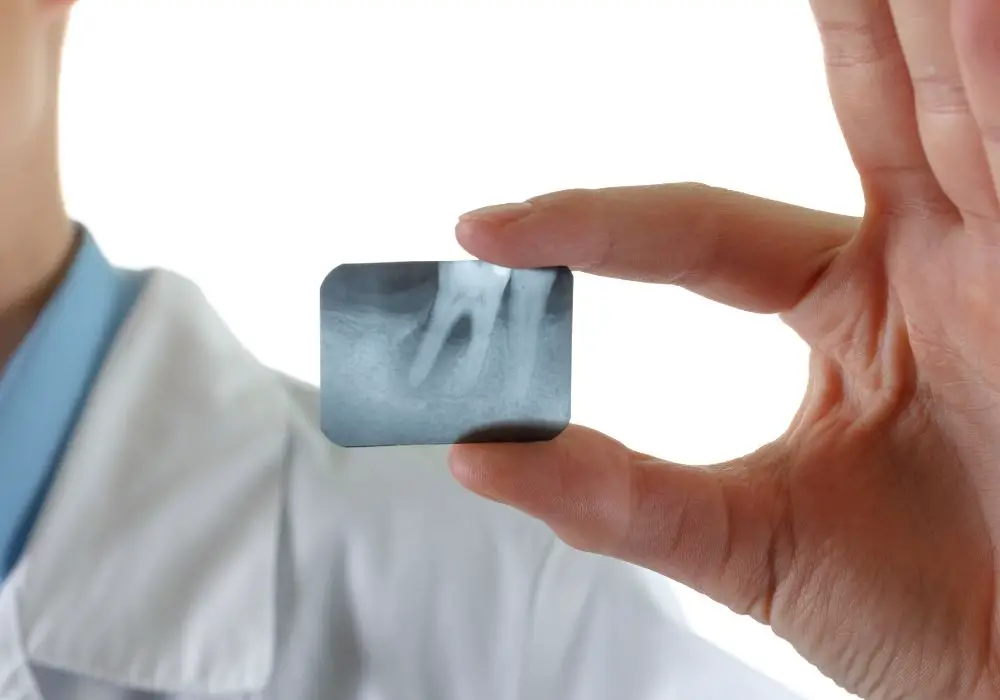
When it comes to teeth, their depth can vary depending on various factors such as age, dental health, and genetics. In some cases, teeth can be deeper than usual, which is known as the deep tooth phenomenon. This phenomenon can cause some dental issues and may require treatment. In this section, we will discuss two conditions related to the deep tooth phenomenon: hyperdontia and impacted teeth.
Hyperdontia
Hyperdontia is a condition where a person has an excess number of teeth. These extra teeth can be found anywhere in the mouth and can cause problems with the alignment of the teeth and jaws. The cause of hyperdontia is not entirely clear, but it is believed to be related to genetics.
If you have hyperdontia, your dentist may recommend removing the extra teeth to prevent dental problems. In some cases, orthodontic treatment may also be necessary to correct any misalignment caused by the extra teeth.
Impacted Teeth
Impacted teeth are teeth that are unable to emerge fully from the gums. This can be caused by a lack of space in the mouth or by the tooth growing in the wrong direction. Impacted teeth can cause pain, swelling, and infection.
Wisdom teeth are the most commonly impacted teeth, but any tooth in the mouth can become impacted. If you have an impacted tooth, your dentist may recommend removal to prevent further problems. In some cases, orthodontic treatment may also be necessary to correct any misalignment caused by the impacted tooth.
In conclusion, the deep tooth phenomenon can cause dental problems such as hyperdontia and impacted teeth. If you suspect that you have either of these conditions, it is important to see your dentist for an evaluation and treatment.
Frequently Asked Questions
What is the portion of the tooth embedded in the bone?
The portion of the tooth that is embedded in the bone is called the root. It is the part of the tooth that is not visible and anchors the tooth to the jawbone.
What are the different parts of a tooth and their functions?
A tooth has three main parts: the crown, the neck, and the root. The crown is the visible part of the tooth above the gum line, and its function is to chew and grind food. The neck is the area where the crown and the root meet, and it serves as a barrier to prevent bacteria from entering the root. The root is the part of the tooth that is embedded in the bone, and its function is to anchor the tooth to the jawbone.
What is the name of the part of the tooth above the gum?
The part of the tooth above the gum is called the crown. It is the visible part of the tooth that is used for chewing and grinding food.
What are the types of teeth in the human mouth?
There are four types of teeth in the human mouth: incisors, canines, premolars, and molars. Incisors are used for biting and cutting food, canines are used for tearing and ripping food, premolars are used for crushing and grinding food, and molars are used for grinding and chewing food.
What is the depth of a tooth in the gum?
The depth of a tooth in the gum varies depending on the tooth. The crown of the tooth is above the gum line, while the root is embedded in the bone. The depth of the root can range from a few millimeters to several centimeters.
What is the maximum size of a hole that can be filled in a tooth?
The maximum size of a hole that can be filled in a tooth depends on the extent of the decay and the strength of the remaining tooth structure. In general, a hole that is larger than half the width of the tooth cannot be filled and may require a crown or other restorative treatment.

